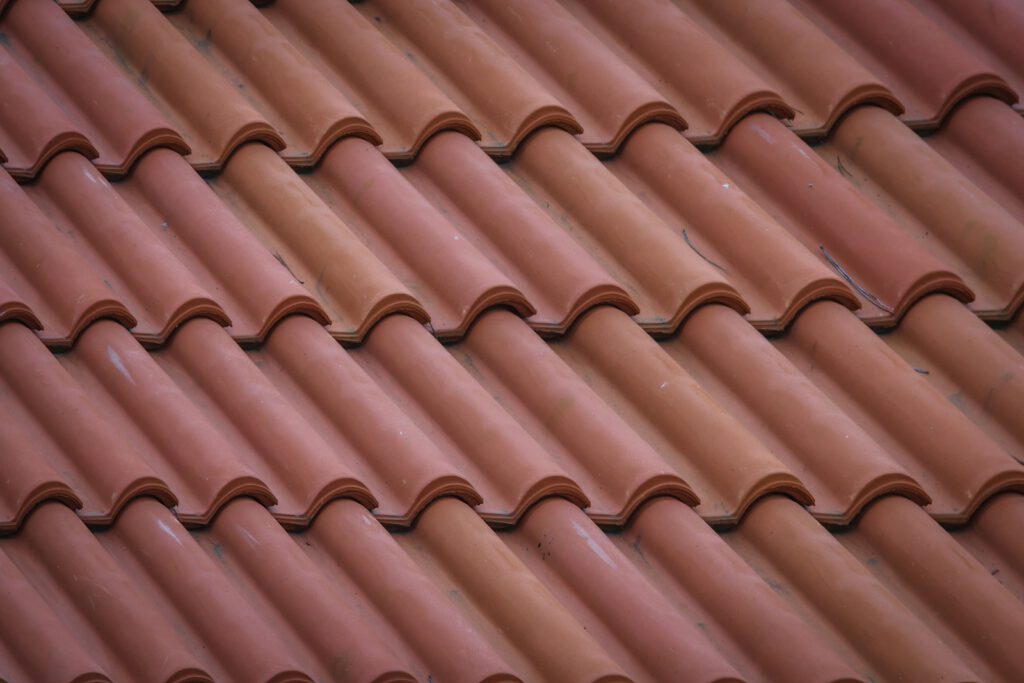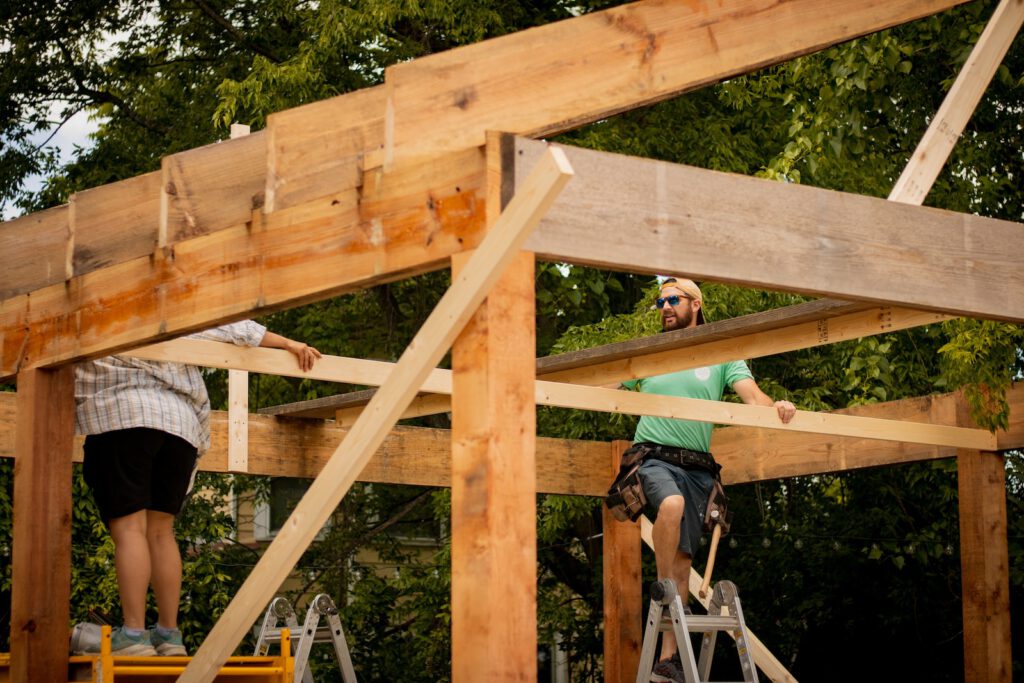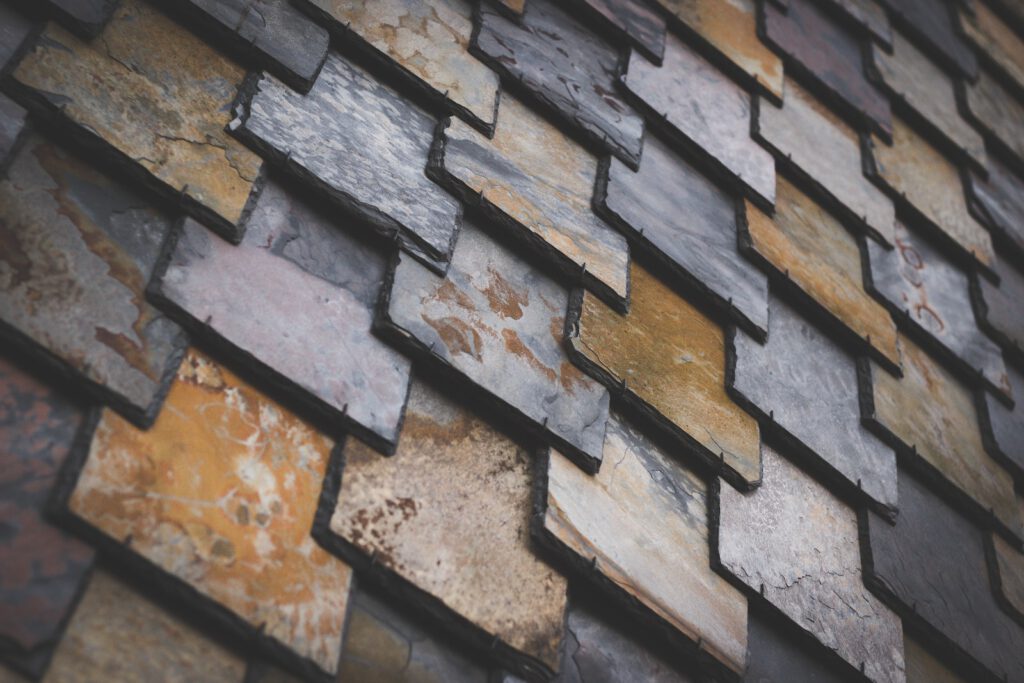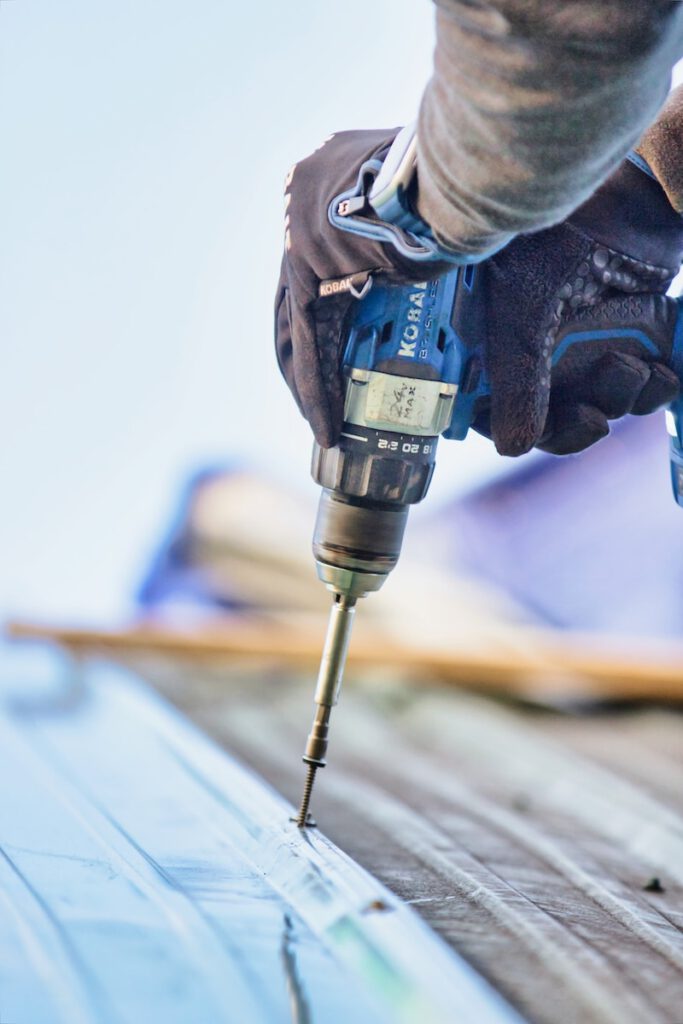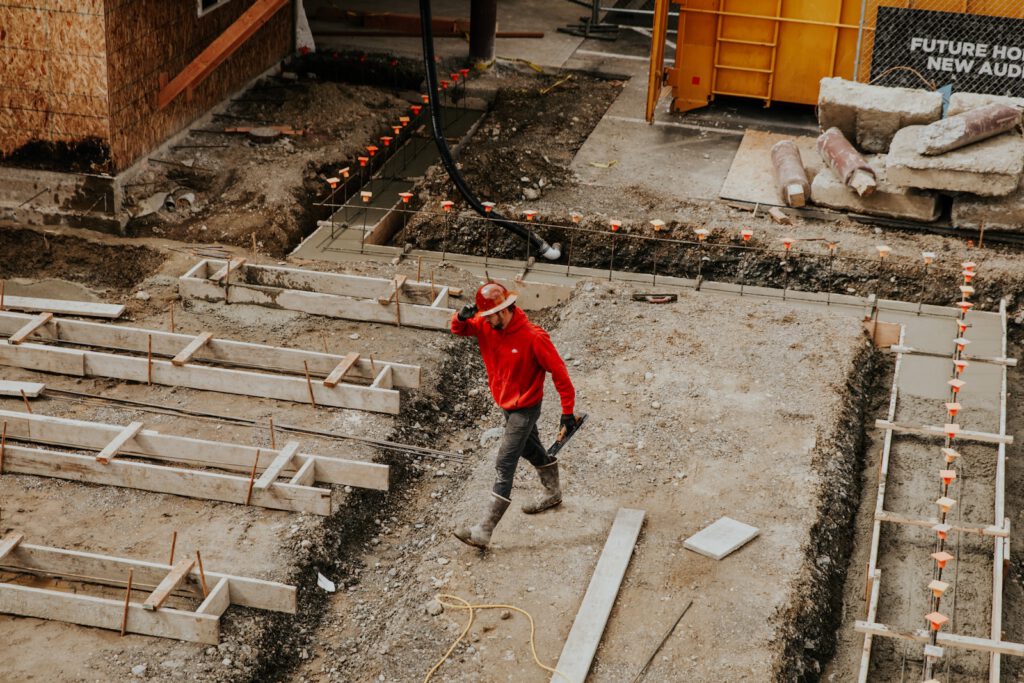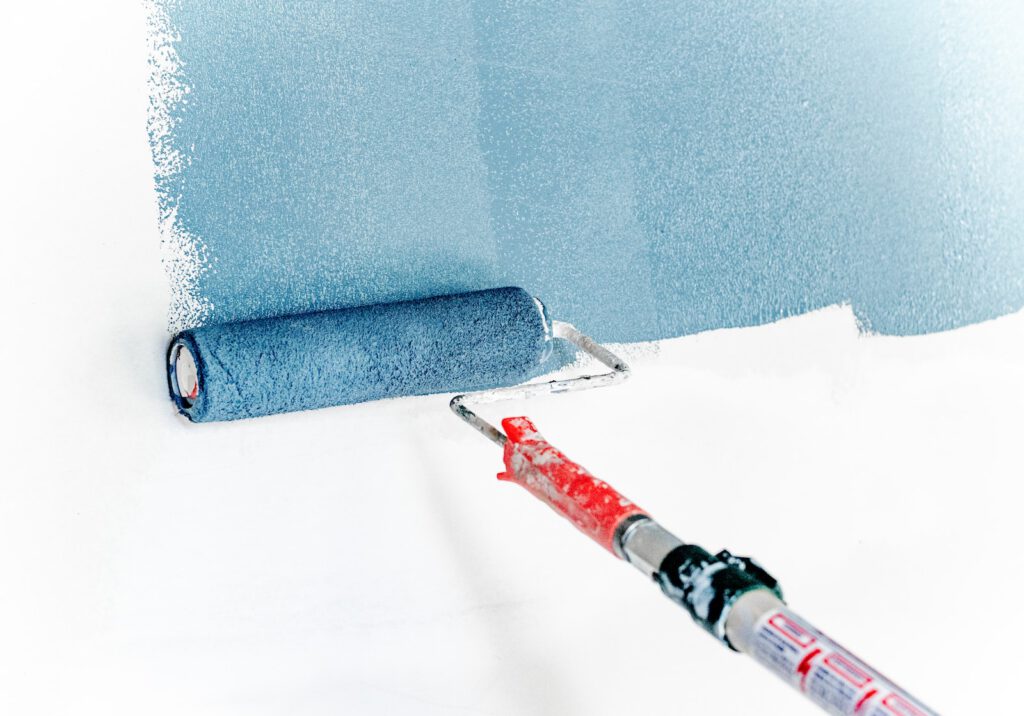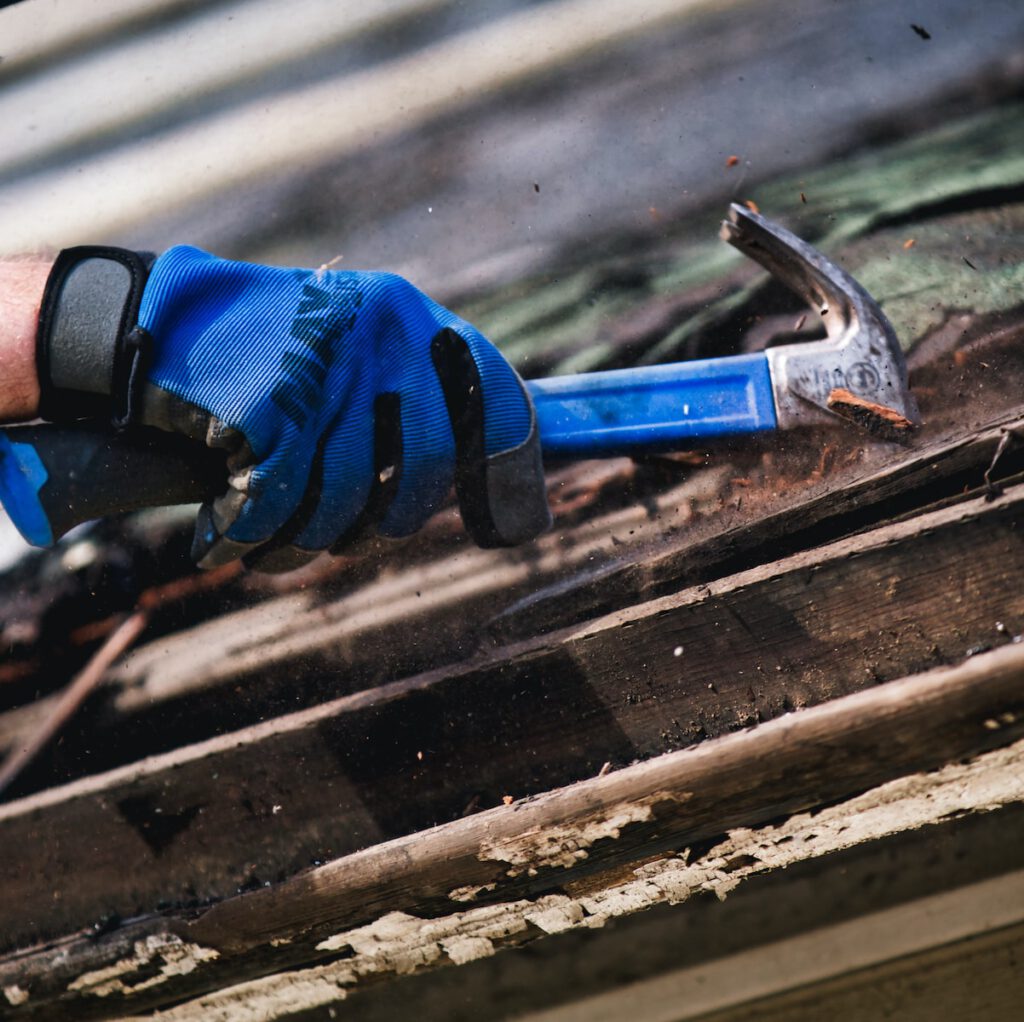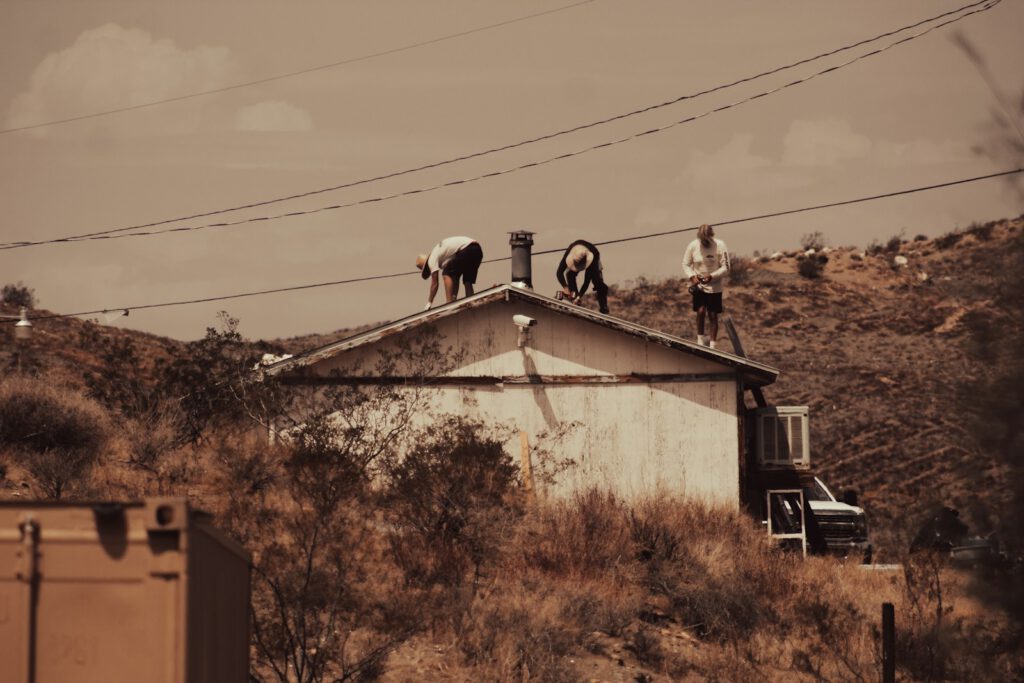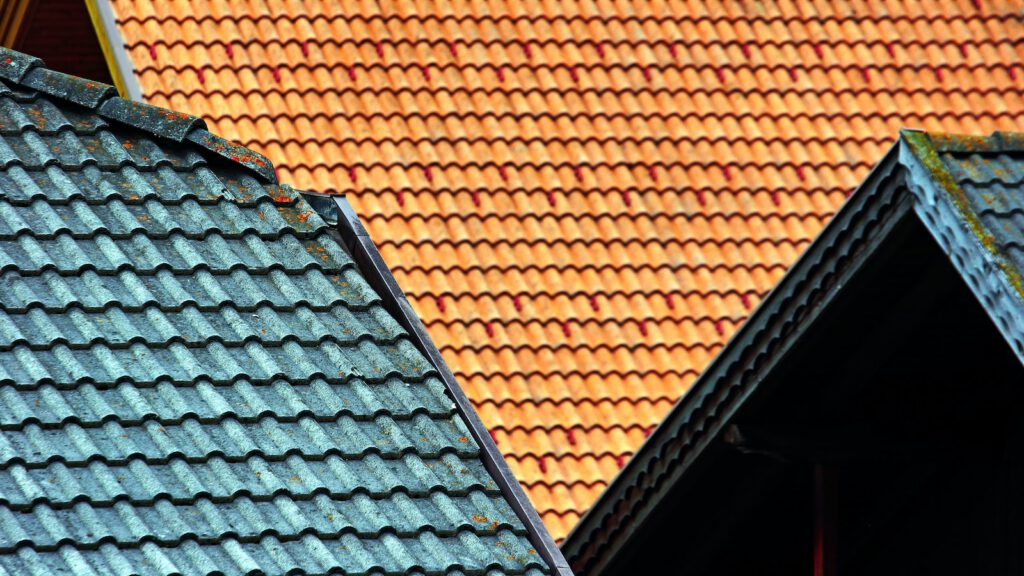
Harness the Sun: The Power and Potential of Solar Roofs
I. Introduction
A. The growing importance of renewable energy sources
In today’s rapidly evolving world, the importance of renewable energy sources cannot be overstated. As the planet grapples with the adverse effects of climate change, the transition towards renewable energy has become an imperative. These sources are not only unlimited but also have a lesser environmental impact compared to their traditional counterparts.
Renewable energy sources, such as solar power, play a vital role in reducing greenhouse gas emissions and mitigating climate change. Solar energy, in particular, stands out due to its immense potential. It is abundant, clean, and readily available. By harnessing the power of the sun, we can generate electricity without burning fossil fuels, leading to a significant reduction in carbon dioxide and other harmful gases released into the atmosphere.
B. The rise of solar energy and its benefits
Solar energy has experienced a remarkable rise in popularity due to its numerous benefits. Unlike fossil fuels, solar energy is a renewable resource that will never run out. The sun provides an endless supply of energy that can be harnessed for various applications, ranging from heating water to powering homes and businesses.
Solar energy also offers a viable solution to energy security issues. With solar power, we can reduce our dependence on fossil fuels, which are subject to price volatility and geopolitical tensions. By diversifying our energy sources and utilizing solar roofs, we can achieve a more stable and secure energy future.
C. The increasing popularity of solar roofs
Solar roofs, an innovative way to harness solar energy, are gaining popularity across the globe. These systems, integrated into the structure of a building, serve a dual purpose – providing shelter and generating electricity. Solar roofs have the potential to revolutionize the way we consume energy, making sustainable living more accessible and convenient.
By incorporating solar panels directly into the roofing material, solar roofs eliminate the need for separate installations. This integration not only enhances the aesthetic appeal of the building but also maximizes the efficiency of solar energy generation. With solar roofs, we can utilize the untapped space on our rooftops to generate clean and renewable energy.
II. Understanding Solar Roofs
A. Definition and concept of solar roofs
Solar roofs are a type of solar energy system that incorporates solar panels into the roofing material. Unlike traditional solar installations, solar roofs are designed to serve as the roof itself rather than being mounted on an existing roof. This integration of solar technology into the building structure represents a significant advancement in green architecture.
By seamlessly blending solar panels with the roof, solar roofs provide a sleek and cohesive appearance. They eliminate the need for bulky solar panel mounts and racks, resulting in a more aesthetically pleasing and streamlined design. Solar roofs are an excellent option for new constructions or roof replacements, where the solar panels can be seamlessly integrated during the building process.
B. How solar roofs work and generate electricity
Solar roofs work by absorbing sunlight and converting it into electricity. This process is facilitated by photovoltaic cells, which compose the solar panels. When sunlight hits these cells, it knocks electrons loose, creating an electric current. This direct current (DC) is then converted into alternating current (AC), which can be used to power homes and businesses.
The photovoltaic cells within the solar panels are made of semiconductor materials, such as silicon. These cells contain layers of negatively and positively charged materials, which create an electric field when exposed to sunlight. When photons from the sunlight strike the cells, they excite the electrons, causing them to move and generate an electric current.
To optimize energy generation, solar roofs are typically installed in areas with ample sunlight exposure. The orientation and tilt of the solar panels are carefully calculated to maximize the absorption of sunlight throughout the day. Additionally, advanced monitoring systems can track the energy production and ensure optimal performance of the solar roof system.
C. Different types of solar roof systems
There are various types of solar roof systems available in the market. These include solar shingles, solar tiles, and building-integrated photovoltaics (BIPV). Solar shingles and tiles are designed to resemble traditional roofing materials, making them a popular choice for homeowners. BIPV, on the other hand, is a more comprehensive approach that integrates solar technology into the building’s structure.
Solar shingles and tiles are installed just like regular roofing materials, and each individual piece contains small solar cells. They seamlessly blend with the rest of the roof, providing an aesthetically appealing solution for those who prefer a more traditional look. These solar roof systems are durable, weather-resistant, and can generate electricity while still providing the primary function of protecting the building.
Building-integrated photovoltaics (BIPV) take solar roof systems to the next level by integrating solar technology directly into the building’s structure. BIPV can be used in windows, facades, and other parts of the building envelope, enabling a more comprehensive and efficient use of solar energy. This approach offers greater design flexibility and allows for the seamless incorporation of solar power into various architectural styles.
III. Advantages of Solar Roofs
A. Environmental benefits of solar roofs
1. Reduction in greenhouse gas emissions
Solar roofs help reduce greenhouse gas emissions by generating electricity without burning fossil fuels. This results in a significant decrease in carbon dioxide and other harmful gases released into the atmosphere, contributing to the fight against climate change.
By transitioning to solar energy, we can minimize our reliance on non-renewable energy sources, such as coal and natural gas. These conventional energy sources emit substantial amounts of greenhouse gases during their extraction, transportation, and combustion processes. Solar roofs offer a cleaner and more sustainable alternative, helping to mitigate the environmental impact of our energy consumption.
2. Conservation of natural resources
By harnessing the power of the sun, solar roofs allow us to conserve natural resources. They reduce our reliance on non-renewable energy sources, such as coal and natural gas, helping to preserve these resources for future generations.
Non-renewable energy sources are finite and will eventually deplete. By utilizing solar roofs, we can tap into the virtually limitless energy provided by the sun. This not only reduces the pressure on our dwindling fossil fuel reserves but also safeguards the environment by minimizing the need for resource extraction and the associated environmental degradation.
B. Financial benefits of solar roofs
1. Savings on electricity bills
One of the most significant financial benefits of solar roofs is savings on electricity bills. After the initial investment, the electricity generated by solar roofs is practically free, leading to substantial savings over time.
By generating their electricity, homeowners can reduce or even eliminate their reliance on the grid for power consumption. Solar roofs produce electricity during the day when the sun is shining, allowing homeowners to offset their energy usage and save on expensive utility bills. The cost savings can be even more significant in regions with high electricity rates or where net metering policies are in place.
2. Potential for earning through net metering or feed-in tariffs
In some regions, homeowners with solar roofs can sell the excess electricity produced by their system back to the grid under net metering or feed-in tariff schemes. This can be an additional source of income, offsetting the cost of the solar roof.
Net metering allows solar roof owners to receive credits for the excess electricity they generate and feed it back into the grid. These credits can then be used to offset future electricity bills, effectively reducing the overall cost of energy consumption. Feed-in tariffs, on the other hand, provide a fixed payment for each kilowatt-hour of electricity produced by the solar roof system, offering a direct financial incentive for solar energy generation.
C. Increased property value with solar roofs
Installing a solar roof can increase the value of a property. As more homebuyers become environmentally conscious, properties with solar roof systems are becoming increasingly desirable. Moreover, the promise of lower electricity bills can be a significant selling point.
Solar roofs not only provide long-term financial benefits to homeowners but also enhance the market value of their properties. Studies have shown that homes equipped with solar roofs tend to sell at a premium compared to similar properties without solar installations. Potential buyers are attracted to the prospect of reduced energy costs and the environmental sustainability associated with solar power.
Note: This is the revised blog article in markdown format.

